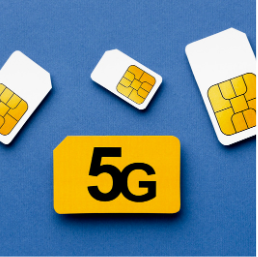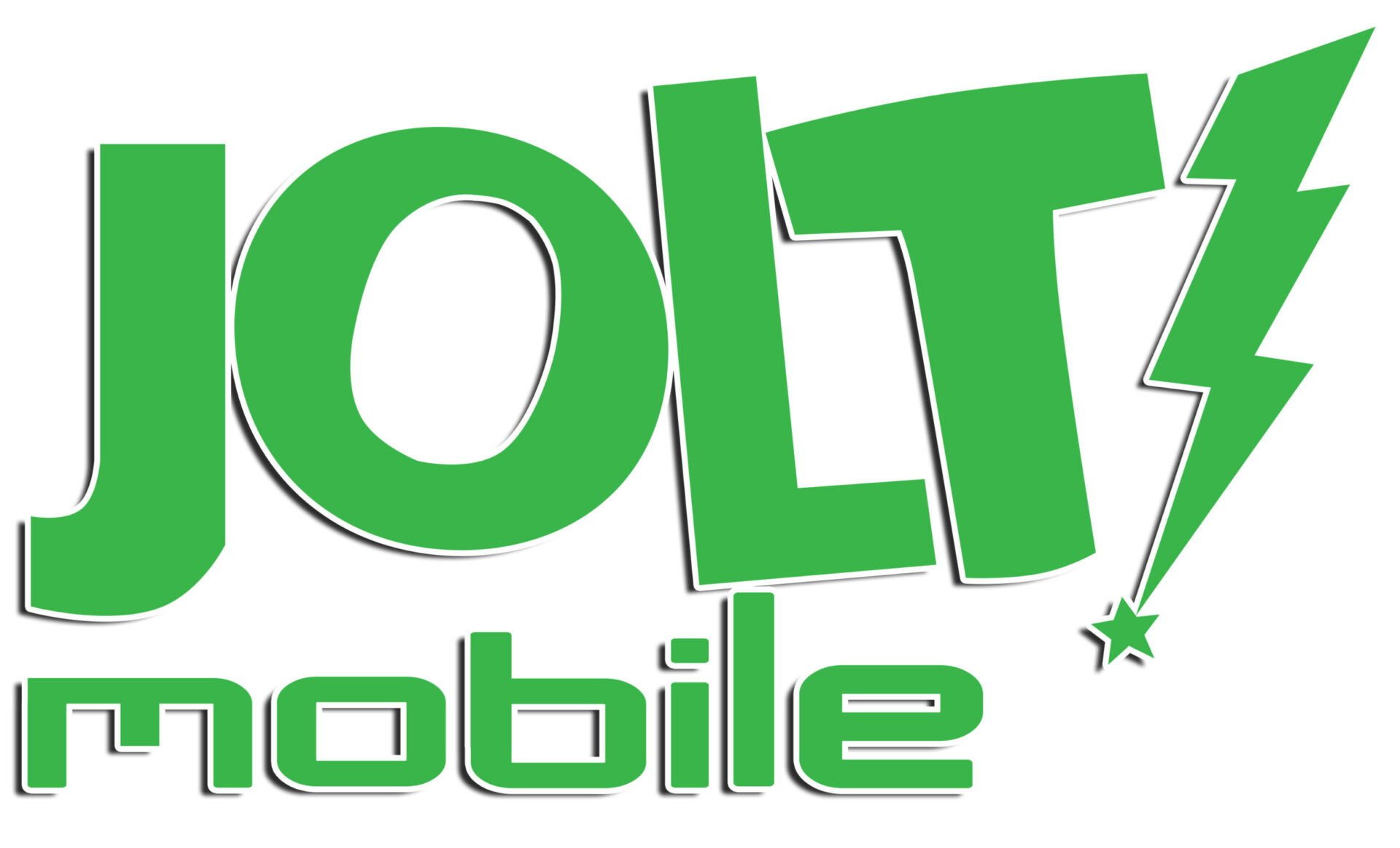Introduction to 5G: Unlocking a New Era of Connectivity
5G, the fifth generation of wireless technology, is poised to revolutionize the way we communicate, work, and live. It promises to deliver faster speeds, lower latency, and more reliable connections than ever before. With the ability to support a massive number of connected devices, 5G is set to unlock a new era of innovation and connectivity, paving the way for groundbreaking applications and services.
As our reliance on smartphones, tablets, and other connected devices continues to grow, the need for faster and more efficient wireless networks has become paramount. 5G is designed to meet this demand, offering a significant upgrade over its predecessor, 4G LTE, and enabling a seamless, always-connected experience.

How Does 5G Work? Exploring the Technology Behind It
5G operates on a different set of radio frequencies compared to previous generations of wireless technology. It utilizes higher-frequency millimeter waves, which can transmit more data at faster speeds. However, these higher frequencies have a shorter range and are more easily obstructed by obstacles like buildings and trees.
To overcome this challenge, 5G networks employ a combination of cutting-edge technologies, including:
- Small Cells: Low-powered radio access nodes that can be densely deployed to provide coverage in urban areas, ensuring seamless connectivity even in crowded environments.
- Massive MIMO (Multiple-Input, Multiple-Output): This technology uses multiple antennas to increase the capacity and efficiency of the network, allowing more devices to connect simultaneously without compromising performance.
- Beamforming: By focusing the signal towards the intended device, beamforming reduces interference and improves signal strength, resulting in a more reliable and efficient connection.
5G technology is based on OFDM (Orthogonal Frequency-Division Multiplexing) coding, which allows for more efficient use of available bandwidth, further enhancing the network’s capacity and speed.
The Three Types of 5G: Low-band, Mid-band, and High-band
5G networks operate on three different frequency bands, each with its own advantages and disadvantages:
- Low-band 5G: Operating on frequencies below 1 GHz, similar to those used by current 4G networks, low-band 5G offers better coverage and can penetrate buildings more easily. However, it provides only a modest increase in speed compared to 4G.
- Mid-band 5G: Utilizing the 2.5-6 GHz range, mid-band 5G strikes a balance between coverage and speed. It offers a significant improvement over 4G while still providing decent coverage, making it a versatile option for various applications.
- High-band 5G (mmWave): Also known as millimeter wave (mmWave), high-band 5G uses frequencies above 24 GHz. This allows for incredibly fast speeds, with the potential to reach multi-gigabit rates. However, the range is limited, and the signal can be easily blocked by obstacles, making it more suitable for densely populated urban areas.
Most 5G networks will likely leverage a combination of these bands to provide a balance of coverage, speed, and capacity, ensuring a seamless user experience across different environments and use cases.
5G vs 4G: What’s the Difference?
While 5G is often touted as the successor to 4G LTE, the two technologies are fundamentally different. Here are some key distinctions:
- Speed: 5G is designed to deliver peak data rates of up to 20 Gbps, compared to 1 Gbps for 4G LTE. In real-world scenarios, 5G is expected to offer average speeds of around 1 Gbps, which is still significantly faster than 4G.
- Latency: 5G has much lower latency, which is the time it takes for data to travel between two points. This is crucial for applications that require real-time responsiveness, such as remote surgery, autonomous vehicles, and online gaming.
- Capacity: 5G networks can support a much higher density of connected devices compared to 4G. This is essential for the growing Internet of Things (IoT) ecosystem, where billions of devices are expected to be connected in the coming years.
- Energy Efficiency: 5G is designed to be more energy-efficient than previous generations, which is important for battery-powered devices and IoT sensors, ensuring longer battery life and reduced environmental impact.
While 4G LTE will continue to coexist with 5G for some time, the new technology promises to deliver a vastly improved user experience and enable a wide range of new applications and services that were previously impossible or impractical with older wireless networks.
Benefits of 5G: Faster Speeds, Lower Latency, and More
The benefits of 5G technology are numerous and far-reaching. Here are some of the most significant advantages:
- Faster Download and Upload Speeds: With theoretical peak speeds of up to 20 Gbps, 5G will enable lightning-fast downloads and uploads, making it easier to stream high-quality video, transfer large files, and enjoy seamless online experiences without buffering or delays.
- Lower Latency: The reduced latency of 5G networks will enable real-time communication and responsiveness, which is crucial for applications like remote surgery, autonomous vehicles, and virtual reality (VR) experiences, where even the slightest delay can have significant consequences.
- Increased Capacity and Connectivity: 5G can support a massive number of connected devices, paving the way for the Internet of Things (IoT) and smart cities, where everything from streetlights to home appliances can be connected and controlled remotely.
- Improved Reliability: 5G networks are designed to be more reliable and resilient than previous generations, ensuring consistent connectivity even in crowded areas or during peak usage times.
- Enhanced Mobility: 5G will enable seamless connectivity for devices on the move, such as connected cars and high-speed trains, without interruptions or performance degradation.
- New Applications and Services: The capabilities of 5G will unlock a wide range of new applications and services, from augmented reality (AR) experiences to remote healthcare and industrial automation, driving innovation across various industries.
With its transformative potential, 5G is set to revolutionize the way we live, work, and interact with the world around us.
5G Applications: From Smart Cities to Connected Cars
The potential applications of 5G technology are vast and diverse, spanning multiple industries and sectors. Here are some of the most promising areas:
- Smart Cities: 5G will enable the development of truly smart cities, where everything from traffic lights to waste management systems is connected and optimized for efficiency. Real-time data analysis and automated decision-making will help improve urban planning, reduce congestion, and enhance the overall quality of life for residents.
- Connected Cars: With ultra-low latency and high reliability, 5G will pave the way for autonomous vehicles and advanced vehicle-to-vehicle (V2V) and vehicle-to-infrastructure (V2I) communication systems. This will not only improve road safety but also enable new services and applications for drivers and passengers.
- Remote Healthcare: 5G will facilitate remote patient monitoring, telemedicine, and even remote surgery, improving access to healthcare and reducing costs. Real-time data transmission and high-quality video conferencing will enable doctors to diagnose and treat patients remotely, even in remote or underserved areas.
- Industrial Automation: The low latency and high reliability of 5G will enable advanced industrial automation, including remote control of machinery and real-time monitoring of production processes. This will lead to increased efficiency, improved safety, and reduced downtime in manufacturing and other industrial sectors.
- Augmented and Virtual Reality: The high bandwidth and low latency of 5G will enable immersive AR and VR experiences, revolutionizing fields like gaming, entertainment, education, and training. Users will be able to experience highly realistic and responsive virtual environments, opening up new possibilities for interactive and engaging content.
- Internet of Things (IoT): 5G will support the massive proliferation of connected devices, enabling smart homes, smart cities, and a wide range of IoT applications. From connected appliances and home automation systems to industrial sensors and monitoring devices, 5G will provide the necessary bandwidth and connectivity to support the growing IoT ecosystem.
As 5G networks continue to roll out and mature, we can expect to see even more innovative applications and use cases emerge, transforming the way we live, work, and interact with the world around us.
5G and the Internet of Things (IoT)
The Internet of Things (IoT) is a network of interconnected devices, sensors, and systems that can collect and exchange data. 5G technology is poised to play a crucial role in enabling the widespread adoption of IoT by providing the necessary bandwidth, low latency, and connectivity for a vast number of devices.
With the number of connected devices globally set to triple by 2030 to 25.4 billion, 5G will be instrumental in supporting this growth and enabling new IoT applications. Some key IoT applications that will benefit from 5G include:
- Smart Homes: Connected appliances, security systems, and home automation devices will be able to communicate seamlessly and respond in real-time, enabling more efficient and convenient home management.
- Industrial IoT: 5G will enable real-time monitoring and control of industrial processes, predictive maintenance, and remote operation of machinery, leading to increased productivity, reduced downtime, and improved safety.
- Smart Cities: Connected infrastructure, such as traffic lights, parking meters, and waste management systems, will optimize city operations and improve the quality of life for residents by reducing congestion, improving resource management, and enhancing public safety.
- Healthcare IoT: Wearable devices, remote patient monitoring, and connected medical equipment will improve healthcare delivery and patient outcomes by providing real-time data and enabling more proactive and personalized care.
- Autonomous Vehicles: 5G will provide the low latency and high reliability required for vehicle-to-vehicle (V2V) and vehicle-to-infrastructure (V2I) communication, enabling autonomous driving and enhancing road safety.
With its ability to support a massive number of connected devices and provide low latency and high bandwidth, 5G is set to be the backbone of the IoT revolution, enabling a more connected, efficient, and intelligent world.
Challenges and Concerns Surrounding 5G Implementation
While the benefits of 5G technology are undeniable, there are also several challenges and concerns that need to be addressed:
- Infrastructure Costs: Building out a nationwide 5G network requires significant investment in infrastructure, including small cells, fiber optic cables, and new radio equipment. This can be a major financial burden for network operators and may lead to higher costs for consumers.
- Spectrum Availability: 5G requires access to new, higher-frequency spectrum bands, which are currently limited and may require regulatory changes or spectrum auctions to ensure fair allocation among various stakeholders.
- Device Compatibility: As 5G is a new technology, existing devices may not be compatible with the new networks, requiring users to upgrade their smartphones, tablets, and other connected devices to take advantage of the faster speeds and improved capabilities.
- Security and Privacy Concerns: With the increased connectivity and data transmission enabled by 5G, there are concerns about potential security vulnerabilities and privacy risks. Robust security measures and data protection protocols will be essential to ensure the safe and secure operation of 5G networks and IoT devices.
- Health and Environmental Impacts: Some groups have raised concerns about the potential health and environmental impacts of the higher-frequency radio waves used in 5G networks. While research is ongoing, it is important to address these concerns and ensure that 5G deployment adheres to established safety standards and regulations.
Despite these challenges, the potential benefits of 5G technology are significant, and many governments, companies, and organizations are working to address these concerns and facilitate a smooth and responsible transition to the next generation of wireless technology.
The Future of 5G: Ongoing Developments and Innovations
The rollout of 5G is an ongoing process, with new developments and innovations constantly emerging. Here are some of the key areas of focus for the future of 5G:
- Network Densification: To meet the growing demand for bandwidth and connectivity, network operators are exploring strategies to densify their 5G networks by deploying more small cells and leveraging advanced technologies like Massive MIMO and beamforming.
- Spectrum Sharing and Refarming: As the demand for spectrum increases, regulators and network operators are exploring ways to share and reuse existing spectrum bands more efficiently, such as through dynamic spectrum sharing and spectrum refarming techniques.
- Edge Computing and Network Slicing: Edge computing and network slicing technologies will enable more efficient and customized delivery of 5G services, allowing network operators to allocate resources dynamically based on specific application requirements and user needs.
- Integration with Other Technologies: 5G is expected to integrate with other emerging technologies, such as artificial intelligence (AI), machine learning, and blockchain, to enable new applications and services across various industries.
- Sustainability and Energy Efficiency: As the demand for connectivity grows, there is a focus on developing more energy-efficient 5G solutions and leveraging renewable energy sources to power 5G infrastructure, reducing the environmental impact of these networks.
- 6G and Beyond: While 5G is still in its early stages, researchers and industry experts are already exploring the possibilities of 6G and beyond, envisioning even faster speeds, lower latency, and more advanced capabilities to support emerging technologies and applications.
As 5G continues to evolve and mature, it will play a pivotal role in shaping the future of connectivity, enabling new possibilities and driving innovation across various sectors of society.
Conclusion: Embracing the 5G Revolution
The advent of 5G technology marks a significant milestone in the evolution of wireless communication. With its promise of faster speeds, lower latency, and increased capacity, 5G is poised to revolutionize the way we live, work, and interact with the world around us.
From enabling smart cities and autonomous vehicles to revolutionizing healthcare and industrial automation, the potential applications of 5G are vast and far-reaching. As we embrace this new era of connectivity, it is essential to address the challenges and concerns surrounding 5G implementation, ensuring a smooth and responsible transition to this transformative technology.
As the rollout of 5G networks continues, we can expect to witness a wave of innovation and disruption across various industries, unlocking new possibilities and driving economic growth. Whether it’s seamless streaming of high-quality content, real-time remote collaboration, or the realization of the Internet of Things, 5G is set to reshape our digital landscape and pave the way for a more connected, efficient, and intelligent future.
Embrace the 5G revolution and get ready to experience a world of unprecedented connectivity and possibilities.





